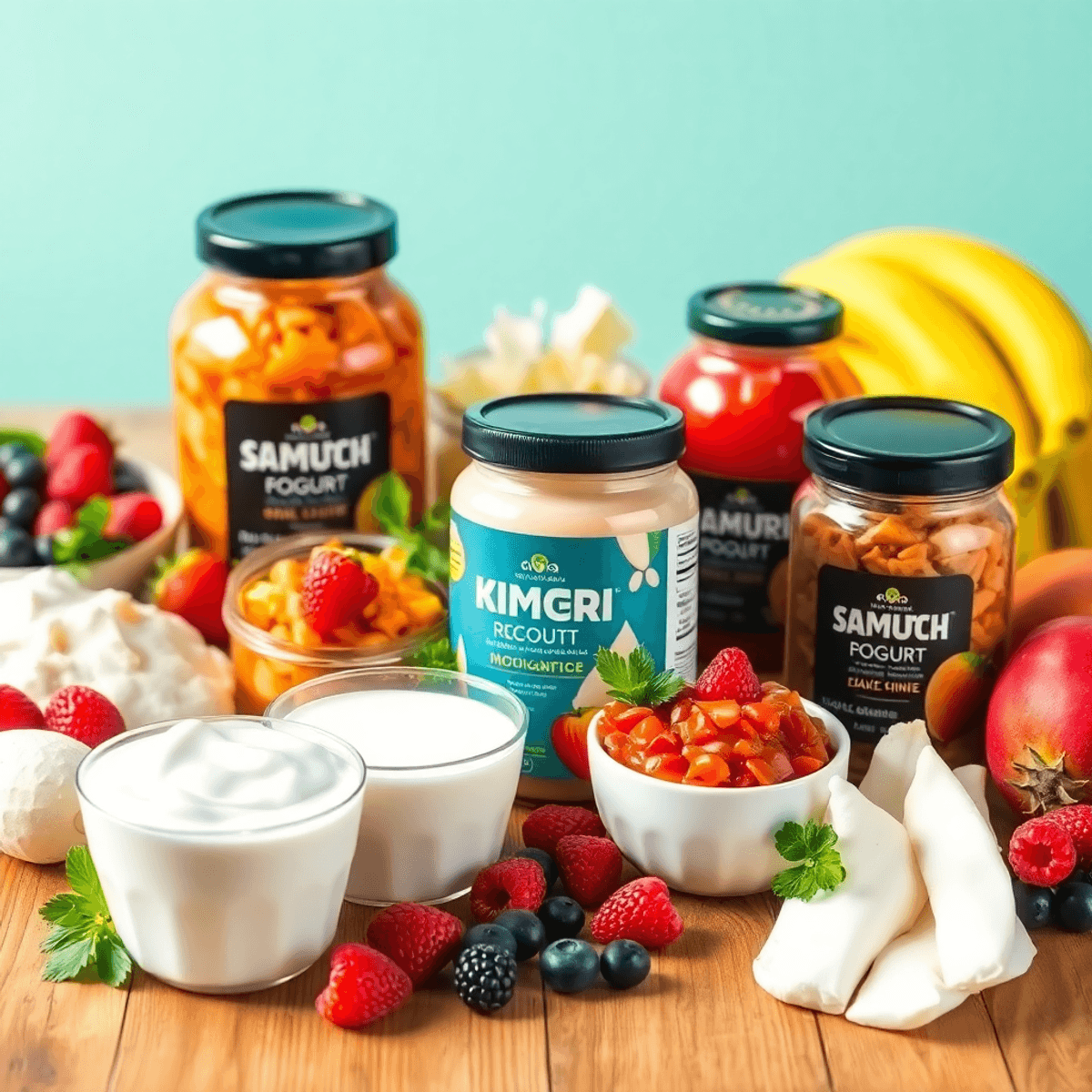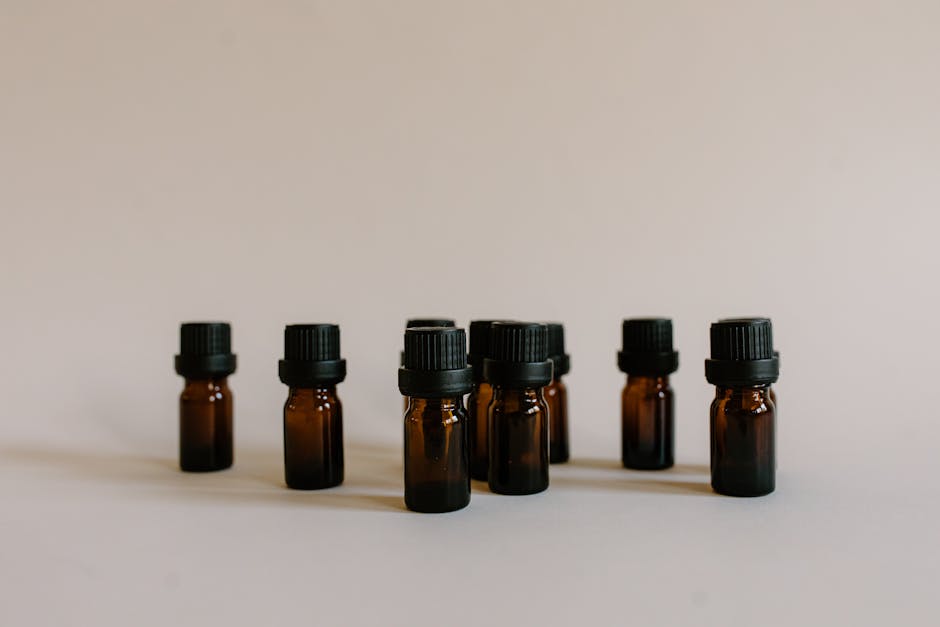Smiling Strong: Your Ultimate Guide to Natural Teeth Care
Maintaining a healthy and radiant smile requires more than just brushing your teeth twice a day. It’s about embracing a holistic approach that encompasses diet, lifestyle, and consistent, informed oral hygiene practices. This guide, “Smiling Strong: Your Ultimate Guide to Natural Teeth Care,” delves into the core principles of natural teeth care, providing practical advice and actionable steps you can integrate into your daily routine.
The Foundation: Proper Brushing and Flossing Techniques
The cornerstone of natural teeth care is proper brushing and flossing. Neglecting these simple yet crucial steps can lead to a buildup of plaque and bacteria, ultimately resulting in cavities, gum disease (gingivitis and periodontitis), and even tooth loss.
- Brushing: Choose a soft-bristled toothbrush to avoid damaging your enamel and gums. Hard bristles can erode enamel over time, making teeth more sensitive and susceptible to decay. Brush for a full two minutes, twice a day – ideally in the morning and before bed. Use gentle, circular motions, ensuring you reach every surface of each tooth, including the outer, inner, and chewing surfaces. Focus on the gumline, where plaque tends to accumulate. Consider using a timer or playing a song to ensure you brush for the recommended duration. Replace your toothbrush every three to four months, or sooner if the bristles become frayed.
- Flossing: Flossing is equally important as brushing, as it removes food particles and plaque from areas that your toothbrush cannot reach – the spaces between your teeth and under the gumline. Use about 18 inches of floss, wrapping most of it around your middle fingers, leaving a few inches to work with. Gently guide the floss between your teeth, using a sawing motion to avoid snapping the floss into your gums. Curve the floss around each tooth in a “C” shape, reaching below the gumline. Move to a clean section of floss for each tooth. Floss at least once a day, preferably before brushing, so you can remove dislodged particles.
The Diet Factor: Nourishing Your Teeth from Within
What you eat plays a significant role in the health of your teeth. A diet rich in sugars and processed foods fuels the bacteria that cause cavities. Conversely, a balanced diet filled with vitamins, minerals, and other essential nutrients can strengthen teeth and promote overall oral health.
- Foods to Embrace:
- Calcium-rich foods: Dairy products (milk, yogurt, cheese), leafy green vegetables (kale, spinach), and fortified foods are crucial for strong teeth and bones.
- Vitamin D-rich foods: Vitamin D helps your body absorb calcium. Good sources include fatty fish (salmon, tuna), egg yolks, and fortified foods.
- Vitamin C-rich foods: Citrus fruits, strawberries, and bell peppers help keep gums healthy and prevent gum disease.
- Fiber-rich foods: Apples, carrots, and other crunchy fruits and vegetables stimulate saliva production, which naturally cleanses teeth.
- Water: Drinking plenty of water helps rinse away food particles and bacteria, keeping your mouth hydrated and healthy.
- Foods to Limit:
- Sugary snacks and drinks: Soda, candy, processed snacks, and sugary drinks feed the bacteria that cause cavities. Limit your intake and brush your teeth soon after consuming them.
- Acidic foods and drinks: Citrus fruits, vinegar, and carbonated beverages can erode enamel. Consume these in moderation and rinse your mouth with water afterward.
- Sticky foods: Caramel, taffy, and dried fruits can cling to your teeth, making it difficult for saliva to wash them away.
Natural Teeth Whitening and Stain Removal Techniques
While commercial teeth whitening products can offer quick results, they often contain harsh chemicals that can cause sensitivity. Several natural alternatives can help brighten your smile without the potential side effects.
- Oil Pulling: Swishing a tablespoon of coconut oil in your mouth for 15-20 minutes can help remove bacteria and reduce plaque buildup. It’s an ancient Ayurvedic practice that promotes oral health.
- Baking Soda: Brushing your teeth with a paste made from baking soda and water can help remove surface stains. However, use this sparingly, as excessive use can erode enamel.
- Hydrogen Peroxide: Diluted hydrogen peroxide can be used as a mouthwash or applied to teeth for a few minutes. Be cautious and avoid swallowing it.
- Strawberry Scrub: Strawberries contain malic acid, which can act as a natural stain remover. Mash a strawberry and mix it with baking soda to create a paste. Gently rub the paste on your teeth for a couple of minutes.
- Activated Charcoal: Activated charcoal is a highly absorbent substance that can help remove stains. Brush your teeth with activated charcoal powder, but be cautious as it can be abrasive.
Beyond Brushing: Other Essential Practices
Incorporating additional practices into your routine can further enhance your natural teeth care.
- Tongue Scraping: Removing bacteria from your tongue with a tongue scraper can improve breath and overall oral hygiene.
- Professional Dental Checkups and Cleanings: Regular visits to your dentist are crucial for detecting and addressing any dental problems early on. Professional cleanings can remove plaque and tartar that you cannot remove at home. Schedule checkups at least twice a year, or as recommended by your dentist.
- Avoid Tobacco Products: Smoking and chewing tobacco can stain teeth, increase the risk of gum disease, and contribute to oral cancer.
- Manage Stress: Stress can weaken the immune system and make you more susceptible to infections, including those affecting your oral health. Practice stress-reducing techniques such as meditation, yoga, or exercise.
- Consider Xylitol: Xylitol is a natural sugar alcohol that can help prevent cavities. It’s often found in sugar-free gum and mints.
By implementing these natural teeth care practices, you can cultivate a healthy and radiant smile that lasts a lifetime. Remember, consistency is key. Make these practices a part of your daily routine, and you’ll be well on your way to smiling strong.
Discover more from NatureZen Market
Subscribe to get the latest posts sent to your email.











